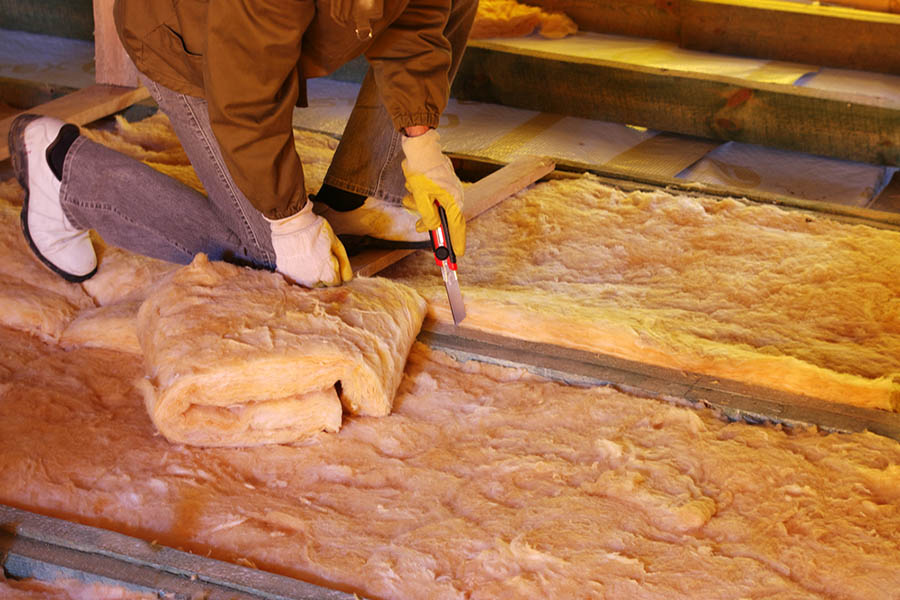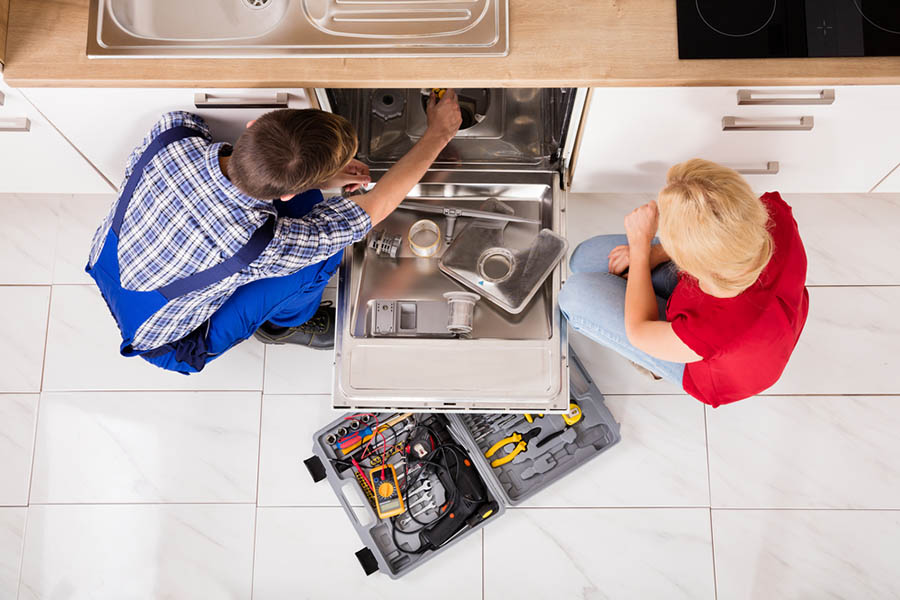What is an energy audit?
An energy audit is an assessment of your home’s energy efficiency that notes the deficiencies and the ways that you could make improvements to save yourself money in the long run. An audit conducted by a professional will cost $300 to $500, but you can design your own audit to assess key areas of your home for weaknesses.
Afterward, you can create a plan that targets the areas you want to fix, determine the best remedies and establish a timeline, since it may not be feasible to make all of the changes immediately.
Check for air leaks
If you can identify and remedy those spots where cold air is entering your home during the winter and warm air is foiling your air-conditioner’s efforts in the summer, you may be able to save 10 to 20 per cent of your energy bill. The indoor areas around your doors and windows are generally the biggest culprits, but other places to check include along the baseboards, at the juncture of walls and ceilings and around lighting fixtures, electrical outlets and switches.
Outdoors, look for leaks in places where two different building materials meet and inspect the spots where cables and pipes enter your home. Also be sure to check your fireplace damper to ensure that it’s closed when it should be and isn’t leaking.
You may see gaps or holes near frames or feel air movement just by holding up your hand. Detect smaller leaks using a stick of incense. Close all of your home’s doors and windows and turn off any appliance that is combustible, such as your furnace and water heater, while turning on exhaust vents in the kitchen and bathrooms. Light the incense and slowly move it around doors and windows to see if its smoke moves or remains steady. If you see movement, it is being caused by a leak.
Once leaks are identified, caulking and weather stripping may become your new best friends.
Home insulation check up

Insulation prevents outdoor air from entering your home and heated or cooled air from leaving. If your home has less than the recommended amount of insulation, treated air can escape through your walls and ceilings. Building codes change over time, so what was acceptable a few years ago may no longer be enough to keep you warm. In addition, insulation can settle in walls so that some spots aren’t properly protected. If walls and floors are cold to the touch in winter, or if there are uneven heating levels within the home, you may need to improve insulation.
Your attic is an important place to check for proper insulation. If you can see the top of the joists in the attic, you need additional insulation. To check your walls, you’ll need the help of an infrared thermometer or a thermal imaging camera that identifies hot and cold spots.
Insulation is rated with an R or RSI value, indicating its resistance to the movement of heat. To improve a home’s insulation, check the local building code to see what the standard is for new construction.
For walls, especially, you may need the help of a professional; they can blow loose fill insulation into cavities.




